Last updated on August 11, 2025 · In-depth guide, 5–7 min read
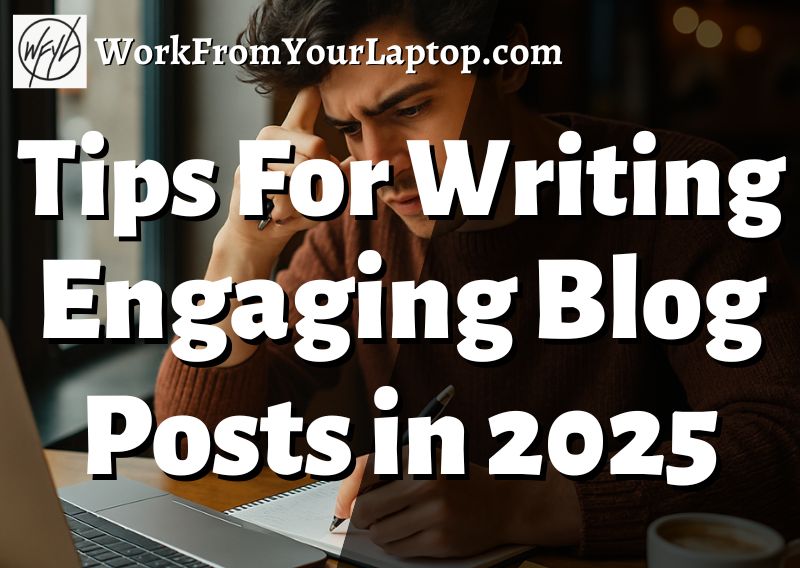
Ever wonder why some blog posts keep your eyes glued to the screen while others lose your interest after the first sentence? Writing a great blog post is all about understanding what draws readers in and what makes them come back.
How do you write an interesting blog post that keeps readers engaged?
To write an engaging blog post, craft attention-grabbing headlines, deeply understand your audience, use impactful visuals, optimize for SEO, structure posts clearly, encourage interaction, and strategically use compelling calls to action.
Tips for Crafting Attention-Grabbing Headlines
Your headline is the first impression of your blog post. It’s like the book cover that readers glimpse before deciding to dive in. A compelling headline can make the difference between a post that gets read and one that’s skipped.
Be Clear and Direct
While creativity is crucial, clarity shouldn’t be compromised. Make sure your headline clearly conveys what your blog is about and why it matters to the reader. People love knowing exactly what they’re signing up for.
Use Powerful Words
Words have power. Incorporate strong, emotive language to invoke curiosity or excitement. Words like “ultimate,” “secret,” or “essential” can enhance appeal and promise value.
Pose a Question
Questions are a fantastic way to engage readers. They stir curiosity and prompt readers to seek answers. Consider, for example, a headline like “Ever Wonder Why Some Posts Are Unforgettable?”
I use questions as my main “answer headline” at the top of every post I create. I place it right after the introduction along with an answer paragraph so that my audience can immediately find the answer to the question their looking for, and then continue on with my article to elaborate on that answer.
You can also consider including numbers can also boost engagement. They promise concise, organized content and are easy for our brains to process. A headline like “5 Simple Steps to Captivating Content” sounds appealing, right?
Understanding Your Audience: How to Create Content That Resonates
Connecting with your audience is at the heart of successful content creation. It’s not enough to just put words on paper; you must align them with the interests and needs of those you are speaking to.
Identify Your Audience’s Needs
Always start by asking who your audience is and what they’re looking for. Are they seeking advice, entertainment, or solutions to a problem? Research and empathy are your best friends here. Dive into forums, read comments, and join groups where your audience is active.
Speak Their Language
Once you understand your audience, make sure to speak in a language they relate to. Tailor your tone and vocabulary to match their preferences, making sure your content feels like a conversation, not a lecture.
Solve Problems
One sure-fire way to create resonating content is to solve your audience’s problems. Provide actionable advice, insightful tips, or unique perspectives that make life easier or more enjoyable for them.
Remember, content that resonates is content that converts. It establishes trust and builds a loyal community. So, next time you draft a post, put yourself in your readers’ shoes and focus on creating value just for them.
Blog like a pro!
Check out my article 16 Beginner Blogger Mistakes and How to Avoid Them and learn how to always have your audience coming back for more! Build that traffic and turn it into consistent revenue!
The Power of Visuals: Enhancing Your Blog Posts with Images and Videos
Ever heard the saying, “a picture is worth a thousand words?” Well, it’s true—especially in the blogging world. Visuals can transform a good post into a great one, making your content more engaging and memorable.
Images: More Than Just Decoration
Images are not just eye candy; they help break up text, making your posts easier to read. A well-placed image can highlight key points and provide visual relief, keeping readers engaged from start to finish.
High-quality, relevant images can also improve your search engine rankings. Name your image files with descriptive keywords and use alt text to give search engines and visually impaired readers more context about your content.
Check out this checklist for choosing a good image for your blog!
In my experience, less is more. When you leave a good amount of white space in your content, using short paragraphs, letting the text breathe, utilizing lists and bullet points, you’ll find you don’t actually need image after image after image. I limit my image usage to one or two images unless the topic requires more.
Videos: Adding Dynamic Content
Adding videos can take your blog post to another level. Your audience LOVES video! Videos are an excellent way to offer tutorials, explain complex topics, or simply create a more personal connection with your audience.
Embedding short, relevant videos can increase the time visitors spend on your site, sending positive signals to search engines about the quality of your content.
Even better,, adding your own videos! Do you have a YouTube channel yet? YouTube videos go hand in hand with blogging content!
Optimizing for SEO: Strategies to Improve Your Blog’s Visibility
So, you’ve got great content—now how do you make sure people can actually find it? That’s where SEO, or Search Engine Optimization, comes in. It may sound a bit technical, but it’s all about making sure search engines like Google can easily understand and rank your blog.
First up, keywords. These are the words and phrases people type into search engines. By naturally weaving relevant keywords into your blog titles, headers, and body text, you tell search engines what your post is about. Just remember, quality over quantity; keyword stuffing can do more harm than good.
Next, think about links. Internal links help guide readers through your blog, while external links to reputable sources can boost your credibility. Both are great for SEO!
Don’t forget to optimize meta tags, like your meta description and title tags. Think of these as your blog’s elevator pitch—engaging and informative, they help draw readers in from search engine results.
Finally, keep an eye on speed. A slow-loading blog can chase visitors away. Compress images and use a reliable hosting provider to ensure your site runs smoothly.
Structuring Your Posts: Organizing Content for Readability and Engagement
Once you’ve got your content ready, structuring it well can make all the difference. A reader-friendly layout keeps your audience hooked and scrolling for more.
Start with a compelling introduction to grab attention from the get-go. Be clear about what they’ll gain by reading on. Then, use short paragraphs and bullet points to break down complex ideas; this clarity helps readers digest information quickly.
Headers and subheaders are your best friends. They guide readers through your post like signposts, making it easier for them to navigate and find the information they’re interested in.
Don’t shy away from using visuals. Like I just mentioned, your audience LOVES video. And relevant images and infographics can really help tell your story.
Lastly, wrap up your post with a thoughtful conclusion. Summarize key points and invite readers to share their thoughts or questions in the comments section. Engaging with your audience encourages them to return and turns casual readers into a community.
I love utilizing a “Final Thoughts” paragraph to sum up my articles.
Related article: Check out my 10 step guide to starting a successful blog here!
Engagement Through Interactivity: Encouraging Comments and Discussion
Let’s talk about taking your blog from a one-way broadcast to a lively conversation. Encouraging comments can transform your blog into a vibrant community.
Start by asking open-ended questions at the end of your posts. This invites readers to share their thoughts and experiences. Everyone loves to feel heard, and your readers are no exception.
Make sure your comment section is easy to use. If readers have to jump through hoops to leave a comment, they’ll likely give up. Keep it simple and accessible.
Respond promptly to the comments you receive. Acknowledge their input, answer questions, and keep the dialogue going. When readers see that you value their participation, they’re more likely to engage in future discussions.
Remember, fostering a community takes time, but the payoff is worth it. An engaged readership is more loyal and more likely to share your content with others. Plus, the feedback from discussions can fuel ideas for future posts, keeping your content fresh and relevant.
Utilizing CTAs: Compelling Readers to Take Action
Creating content is just the first step; inspiring your readers to act is where the magic happens. That’s where Calls to Action (CTAs) come into play.
A CTA is a prompt to do something. It could be as simple as “subscribe now” or “read more.” The idea is to guide your readers towards an action that adds value not just to your blog but to their experience as well.
You can’t be afraid to nudge your audience to take action. An affiliate marketing blog is all about making your audience take action. So don’t be afraid to do so. See the CTAs I use on my website? You want them to be complimentary to your content and deliver value. That’s the key.
Crafting the Perfect CTA
Make your CTAs clear and direct. Avoid overly complicated phrases. Instead, use language that’s easy to understand. Try to invoke a sense of urgency if it fits the context. Terms like “limited time offer” or “today only” can motivate readers to act immediately.
Position your CTAs strategically within your post. Placing them at natural breaks in your content can make them feel more integrated and less intrusive. Just ensure they are visible and accessible, and not lost in a sea of text.
Consider using buttons for your CTAs. They stand out visually and offer a simple way for your audience to engage with what you’re offering. Pair them with eye-catching colors to grab attention without overwhelming your readers.
📌 TL;DR: How to Write Blog Posts People Actually Read
- Craft compelling headlines. Use clear, emotional, or question-based titles to instantly hook attention.
- Understand your audience. Speak directly to their needs using relatable language and tone.
- Incorporate visuals strategically. Use images and videos to boost engagement and break up dense text.
- Structure for readability. Short paragraphs, bold headings, and bullet points keep readers scrolling.
- Encourage conversation. End with questions and keep your comment section simple and welcoming.
- Add CTAs that convert. Use clear, valuable calls to action that feel natural within the content.
Ready to stop chasing advice and build something that works?
I owe all my success to this training. Trust me, it’s worth taking a look.
🎯 Click here to check out my full review.
Final Thoughts
Writing an interesting blog post takes strategy and creativity. With strong headlines, authentic connection, dynamic structure, and smart promotion, you’ll consistently captivate readers and grow a loyal, engaged audience.
What do you think? Let me know your experience in the comments section below! I’m always eager to hear your feedback and I always respond!
Frequently Asked Questions
How do you write blog post titles that attract more readers?
Focus on clarity and curiosity. Use powerful, emotive words, numbers, or intriguing questions to grab attention while clearly signaling what the post will deliver to the reader.
What makes readers stay longer on a blog post?
Short paragraphs, helpful visuals, relatable tone, and easy-to-navigate structure keep readers engaged. Add open-ended questions, interactive elements, and compelling CTAs to extend time on page.
How can visuals improve blog engagement?
Visuals break up text, emphasize key points, and enhance storytelling. High-quality images, infographics, and short videos boost readability, increase time on page, and improve SEO rankings.
Still Hungry for Growth?
Dive Into These Handpicked Articles! ⬇️
- WordPress vs Wix vs Blogger vs Elementor: Which Is the Best Blogging Platform?
- Creating High-Converting Lead Magnets
- Build Your First Email List from Zero, Step-by-Step
- Surfer SEO Review: Does It Really Help You Rank Faster?
- Generative Engine Optimization (GEO): How to Optimize for AI‑Driven Search
- How To Use Affiliate Marketing Without A Website In 2025
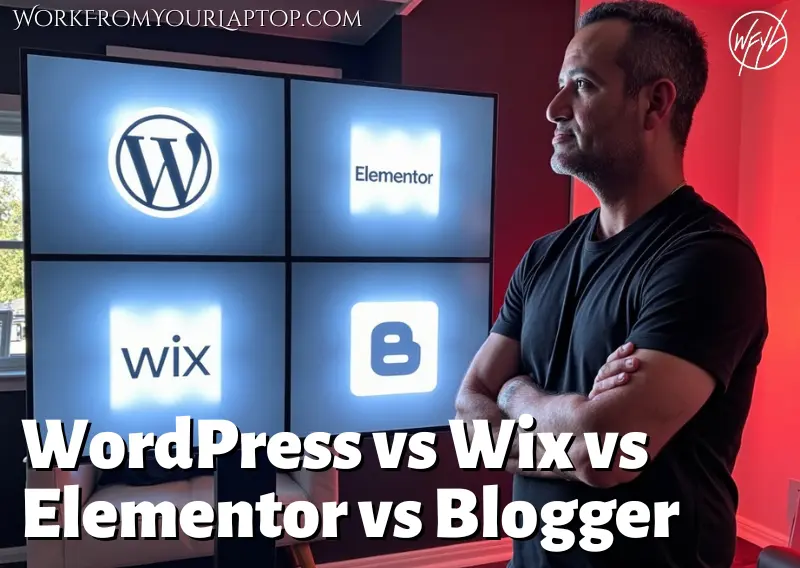
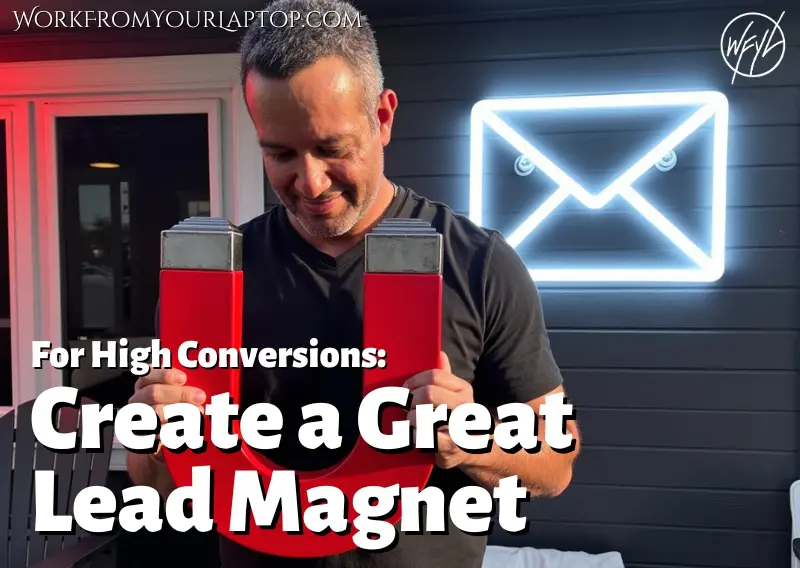
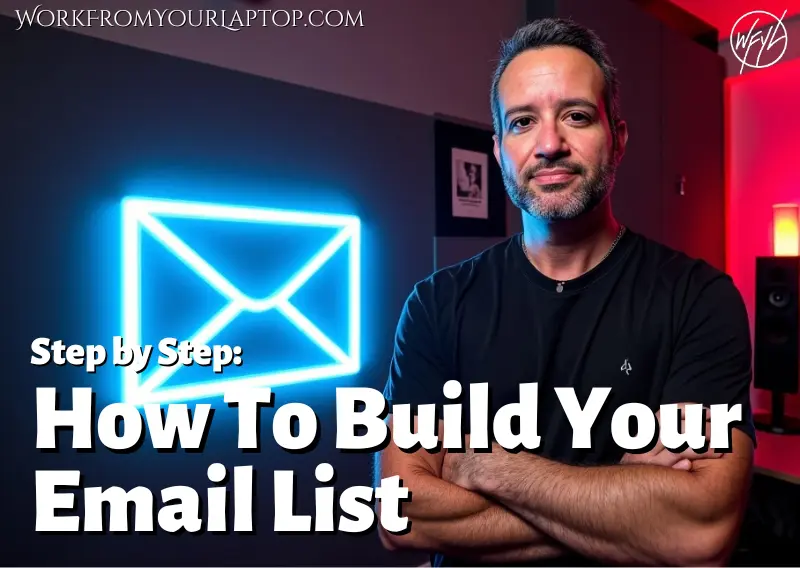


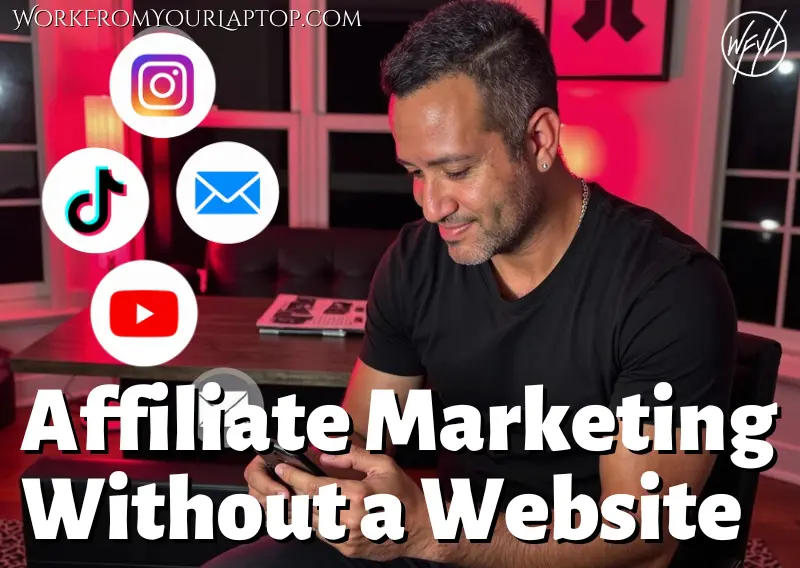
Wow, this post is packed with so much helpful advice! Your emphasis on connecting with the audience and using visuals thoughtfully really stood out to me. I also appreciated your tip about placing an answer right after the introduction — such a smart way to keep readers engaged from the start! When you’re deciding which visuals to include, do you have a checklist or criteria you use to choose the most effective ones?
Best Regards
Scott
I keep things simple. I usually focus on one main image, sometimes more when I’m doing a review post because I’ll include screenshots of the platform I’m reviewing. Glad you enjoyed this! Thanks for the comment!
Hey Eric,
Have you ever noticed any slowdown with page speed when embedding YouTube videos. Also, when you are working on headlines, do you usually brainstorm a bunch of options first or just go with what feels right in the moment. I thought the way you explained making your posts feel more like a real conversation was spot on, it definitely made me rethink how I structure my own content. Thanks again for sharing so much good stuff here.
Shawn
Embedding YouTube into your posts doesn’t slow your site at all. It actually adds a ton of value and keeps your audience on the page longer. I don’t overthink the headlines. I just go with on-point, easy to read, easy to skim. Thanks for the comment!
Eric,
Your article is packed with so many helpful tips in how to create successful blog posts! Thank you for sharing your expertise. This has definitely helped to simplify the process for me.
You mentioned balancing SEO and high quality content. How would this look? What would be the optimal amount of SEO keywords in a blog post?
Thank you for your time!
What I mean by that is you don’t want to keyword stuff. Place your focus keyword in the title, url, and first paragraph, and maybe in a headline and then just write naturally. It’s all about the quality of your content 🙂 Thanks for the comment!
I love this article! There was no stone left unturned from starting the article to sharing it on social media and more.
I got a lot of great tips from this article, and it is in my bookmarks now as well. Keeping my sentences short but meaningful, and shorter paragraphs are definitely some key take-aways for me.
Every time I write an article, I will pull up this one and follow the checklist before publishing it and then I will go through and make sure to do the follow-up as well.
You mentioned being careful with fonts, that is one thing I may overthink. In your opinion is there any font that you would never consider using? Also on the other end of that spectrum, what is your favorite font?
I like to use a serif font for certain things on my website, but for the most part, I tend to keep it with a clean Sans serif font. Helvetica is one of my favorites. I would love to know your opinion on this.
Stacie
The cleaner the better. No one would ever use a script font for their content because that would be insane, right? lol. Keep your content readable and easy to absorb. That’s the name of the game. Thanks for the comment!